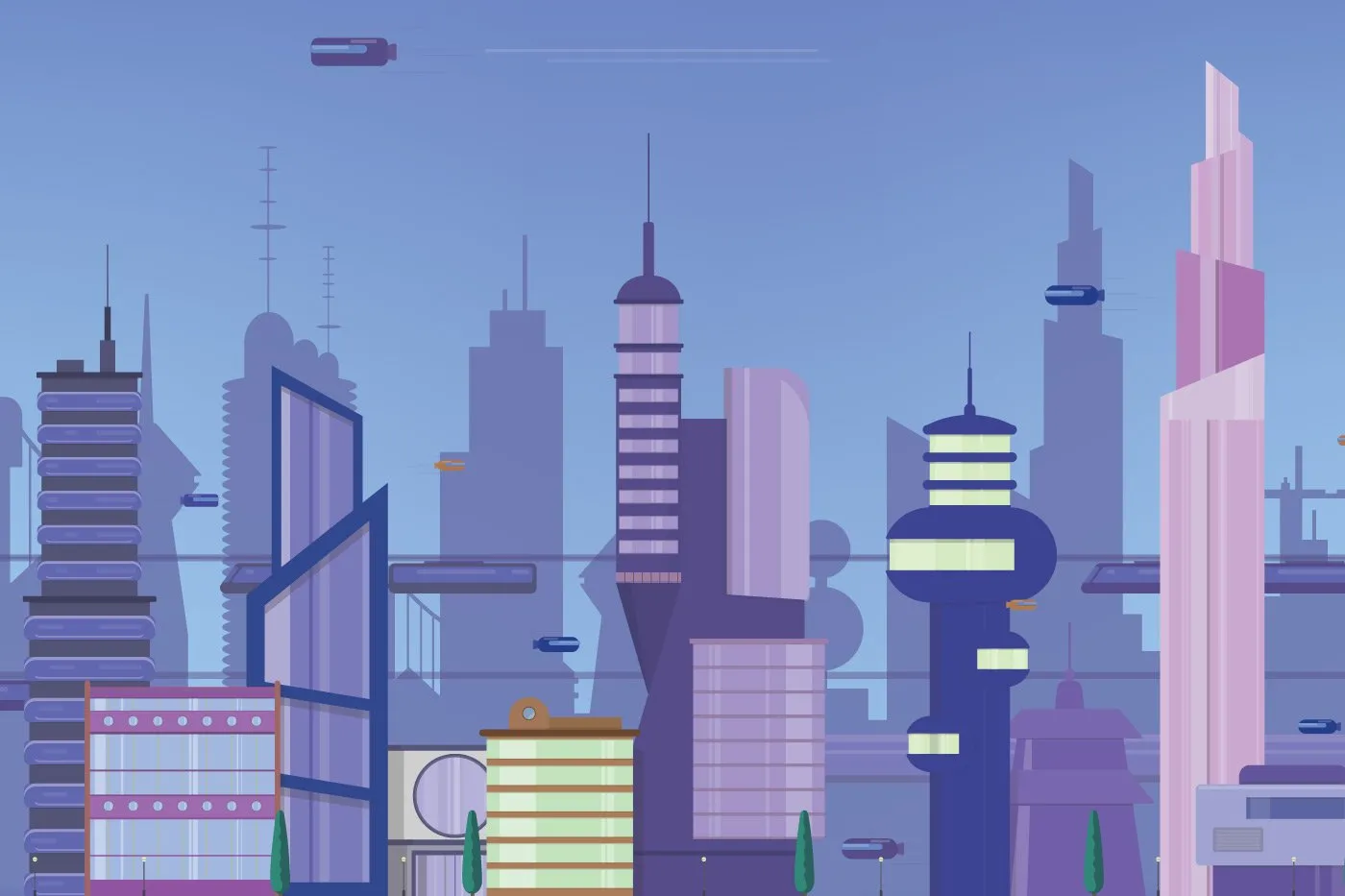
FTX is going bankrupt, how this happened and what does it mean for crypto market?
What caused FTXs bankruptcy? This is a question that has...
Read MoreLogin
Register
No products in the cart.
/ by maxime.dibon | Leave a comment

Today, with always more people in big cities and a large flow of workers every day, mobility is an important issue of the 21st century. The car seems to be more and more abandoned in large urban areas: in the city of Paris, car traffic has decreased by 12.2% in 2021 compared to 2019. In the same sense, the use of alternative modes of transport is exploding, with an increase in bicycle use of 60%, again in Paris in 2021 (City of Paris). Also, self-service electric vehicles (scooters or bicycles) are becoming even more popular in big cities and are now common and omnipresent on our roads. So, how can we imagine the future of the car and urban transportation in general? Will it be part of the urban landscape of tomorrow?
What Future for “traditional” Car
Electric vehicles are becoming increasingly popular as the technology improves and becomes more affordable. The number of electric vehicles on the road is expected to grow exponentially in the coming years, with some estimates predicting a fleet of more than 145 million vehicles worldwide by 2030 at the current growth rate (International Energy Agency). What are the advantages of driving electric? First, they emit very little pollutant and no CO2. They are also much less expensive to use; you recharge them rather than going to the gas station. Electric cars also offer superior performance, since all the power is available instantly thanks to electric technology, unlike conventional mechanical cars.
But there are still many challenges for electric cars to further establish themselves in the automotive market. First, the lack of charging stations outside the big cities is a major problem: for long journeys, the risk is always the breakdown without the possibility of recharging. A massive installation of charging stations is necessary to facilitate the democratization of electric cars. Another challenge facing electric cars is their high initial purchase price, although this can be offset by eventual government subsidies and savings on gasoline. In any case, these electric vehicles are not yet addressed to all types of customers.
On the other hand, many cars on the market are now equipped with driving aids such as automatic lane keeping and emergency braking. So, as you know, automotive giants have been working for years on 100% autonomous cars, without any human assistance: we can mention TESLA or Mercedes. The rise of autonomous vehicles is favored by the progress of artificial intelligence and sensor technology. Autonomous cars use numerous sensors to analyze their environment in real time, including radar, advanced GPS and cameras powered by artificial intelligence. Once mature, autonomous cars will be able to meet several needs: they are less likely to cause accidents than cars driven by humans. Indeed, thanks to the technology, AI will be able to react faster and make better decisions than humans. It would also avoid unnecessary braking and make better use of the roadway, reducing traffic jams in the process. Like electric vehicles, autonomous cars nevertheless present several constraints and challenges.
First, the cost: autonomous vehicles are likely to be expensive, due to the high cost of sensors. Also, regulation may be an issue. In France, “level 3” autonomy, meaning the authorization to take one’s hands off the wheel, was authorized on September 1, 2022, and will still have to evolve for full authorization. The final challenge will be to convince the public of the reliability of the technology; is the population ready to trust a machine to drive for them?

The Transportation Alternatives

Tomorrow’s ways of mobility
The future of urban mobility thus remains a big question of the 21st century, and our predictions are advancing at the same pace as innovation in this field (Who would have thought of the arrival of such a large fleet of electric scooters in major cities 10 years ago?). What appears to be clear, however, is that there is not only one solution. Not everyone is served in the same way, and a perfect way of transportation for one may be simply impossible for another. So, the challenge, in my opinion, will be to be able to reduce the travel time for everyone in the urban landscape as much as possible, by offering reliable, safe and more environmentally friendly solutions. With the shortage of bus drivers in Paris since mid-2022, many workers/students take more than 1h30 to get to their workplace, a time that is prohibitive for a proper work-life balance. Also in the near future, the democratization of telework could contribute to the decongestion of roads and public transports. I can already see the effects: on Fridays, the metro is much less full during rush hours, Fridays being the most popular day for teleworking. (Fondation Jean-Jaurès).
What caused FTXs bankruptcy? This is a question that has...
Read MoreTwitter is a microblogging website and mobile application, where users...
Read MoreThe democratization of information technologies managed to change our personal...
Read MoreReferences :
https://www.futura-sciences.com/tech/actualites/mobilite-urbaine-transport-urbain-nous-deplacerons-nous-ville-demain-85922/
https://www.rivervaleleasing.co.uk/guides/electric-vehicle-leasing/diesel-vs-electric-cars-which-is-cheaper
https://www.paris.fr/pages/bilan-des-deplacements-a-paris-en-2021-21167
https://www.apur.org/fr/nos-travaux/evolution-mobilites-grand-paris-tendances-historiques-evolutions-cours-emergentes
Accueil